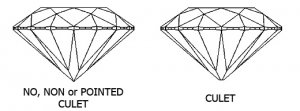dreamycastle
Rough_Rock
- Joined
- Feb 9, 2006
- Messages
- 11
Dear posters
I have a query, someone enlighten me on how do i see how many facets a GIA certified diamond has? Where can I get this information. I am looking at a round ideal cut from WF. Does it matters whether it is 57 or 58?
Thanks!
I have a query, someone enlighten me on how do i see how many facets a GIA certified diamond has? Where can I get this information. I am looking at a round ideal cut from WF. Does it matters whether it is 57 or 58?
Thanks!






300x240.png)